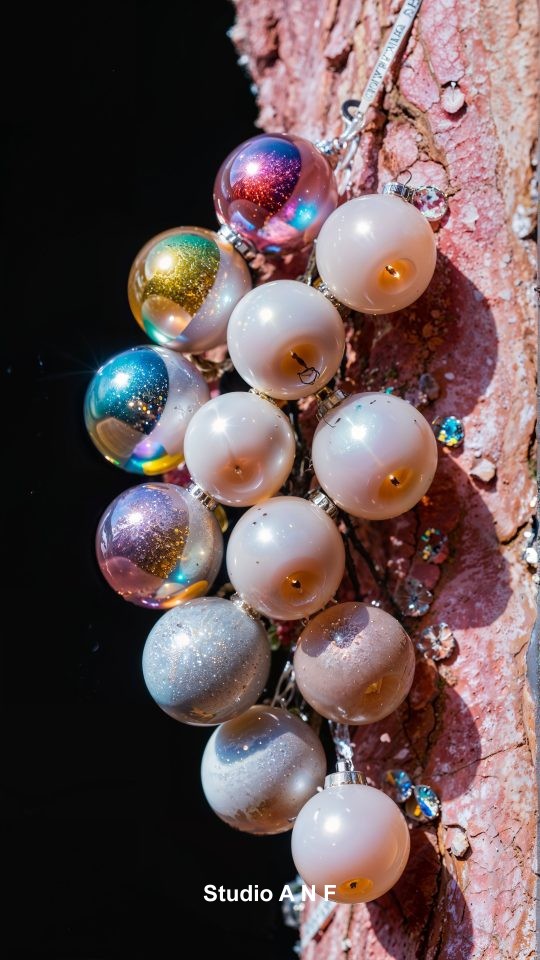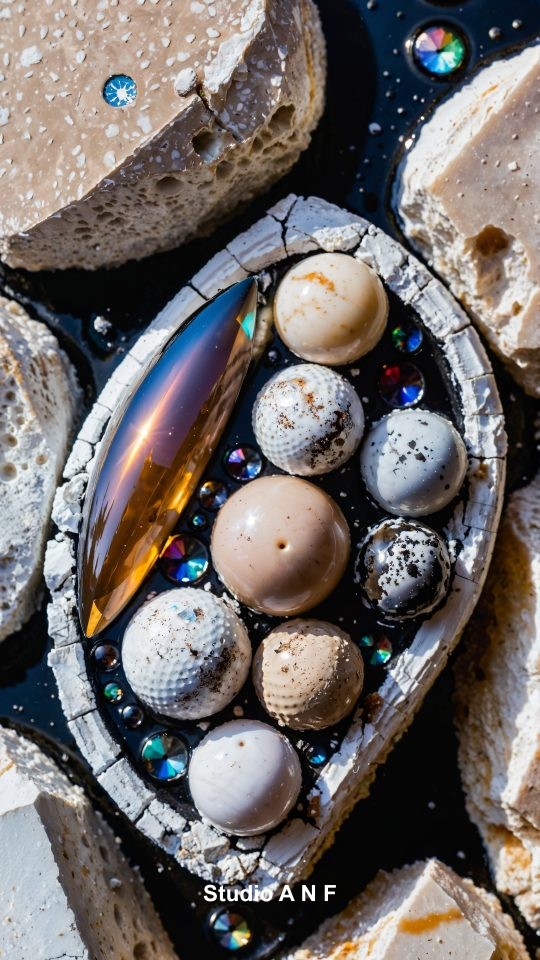Search Results for: recently

In the ever-evolving realm of digital art, a new trend has recently captured the imagination of artists and audiences alike: Hypercore. This innovative style represents a blend of digital pop art maximalism with the cutting-edge capabilities of artificial intelligence (AI), creating a genre that is both visually arresting and conceptually profound. Hypercore is characterized by its use of AI-generated, hallucinatory imagery that pushes the boundaries of traditional aesthetics and challenges our perceptions of art and technology.
Origins and Influences
Hypercore’s roots can be traced back to the early experiments in digital art, where artists began to explore the potential of computers and software to create visual experiences beyond the scope of traditional media. This digital revolution laid the groundwork for the development of ai media art, leading to the birth of Hypercore. It draws inspiration from various artistic movements, particularly pop art’s use of bold colors and mass culture imagery, as well as the maximalist approach of embracing excess and complexity in design.

The Role of AI in Hypercore
ai media art plays a central role in the creation of Hypercore art. Artists use advanced algorithms to generate complex, often surreal imagery that appears to be ‘hallucinated’ by the machine. These AI models are trained on vast datasets of images, allowing them to produce unique visual compositions that can be both abstract and hyper-realistic. This process results in a fusion of human creativity and machine intelligence, blurring the lines between artist and tool.
Characteristics of Hypercore Art
Hypercore art is distinguished by its vibrant color schemes, intricate patterns, and often overwhelming detail. The imagery can range from fantastical landscapes to bizarre, dream-like scenes, featuring elements that combine the familiar with the utterly alien. This style embraces a sense of overabundance, often packing the canvas with a plethora of visual stimuli that engage and sometimes overload the viewer’s senses.

Themes and Interpretations
Thematically, Hypercore art often delves into the relationship between humans and technology, exploring the impact of AI on society, culture, and individual identity. It raises questions about the nature of creativity and the role of the artist in an age where machines can produce art. Many Hypercore works also comment on the information overload of the digital age, reflecting the chaotic, fast-paced nature of modern life.
Hypercore in the Art World
The rise of Hypercore has been meteoric in the art world, with exhibitions and galleries increasingly showcasing these AI-assisted creations. Its appeal lies in its novelty and the way it challenges traditional art forms. Critics and enthusiasts alike are fascinated by the potential of AI to revolutionize artistic expression, and Hypercore has become a symbol of this potential.
Technological Challenges and Ethical Considerations
The creation of Hypercore art is not without its challenges. The technology behind AI-generated imagery is complex and requires significant computational resources. Moreover, there are ethical considerations regarding the use of ai media art, such as the originality of the work and the potential replacement of human artists by machines.





Hypercore’s Influence Beyond Art
Hypercore’s influence extends beyond the corporate media art world. Its aesthetic has started to permeate other areas, such as fashion, advertising, and even user interface design. This crossover showcases the style’s versatility and its ability to resonate with a broader audience.
Future Directions
As AI technology continues to advance, the possibilities for Hypercore art will expand further. We can expect to see more sophisticated and nuanced works as artists and machines collaborate more seamlessly. Additionally, Hypercore might pave the way for new forms of interactive and immersive art experiences, leveraging virtual and augmented reality technologies.
Conclusion
Hypercore represents a significant milestone in the evolution of digital art. By merging AI-generated imagery with pop art maximalism, it offers a fresh, provocative perspective on the role of technology in artistic expression. As Studio ANF stand at the frontier of this new artistic era, Hypercore not only captivates our visual senses but also stimulates deep reflection on the future of creativity in an increasingly digital world.



Photography StudioSZ Photo
Development Hangzhou, Chengbei, The Mixc
Art consultant Vantaly Shanghai
In the contemporary intersection of art and technology, we unveil a recent manifestation of generative software art, dynamically showcased on a large scale LED media facade at the recently opened MIXC Hangzhou. This installation, characterized by an intricate assembly of abstract, algorithmically-driven particles, establishes a discourse around the synergy between algorithmic aesthetics and the physical environment.

The generative software artwork articulates a theoretical paradigm wherein computational algorithms dictate the behavior and visual morphology of an evolving swarm of abstract entities. By combining algorithmic procedures with the visual domain, the artwork exemplifies an avant-garde exploration of emergent forms and the dynamic interplay of colors within a generative framework.

Integral to this artistic investigation is the nuanced consideration of the chromatic palette employed in the LED media facade composition. The deliberate selection of vibrant and saturated hues transcends mere aesthetic preferences, converging with the conceptual underpinnings to evoke a cerebral engagement with the observer. The vibrant chromatic spectrum thus serves as both a means of aesthetic expression and a conduit for cognitive contemplation, hypnotizing the viewer and thus achieving world domination like Futurama’s hypno toad.

The dynamic morphology of the swarm, driven by the underlying algorithmic substrate, introduces a kinetic dimension to the artwork. Each temporal iteration unfolds as a unique instantiation, epitomizing the potential of generative systems to engender a perpetually shifting visual landscape. This temporal flux, underscored by the algorithmic generativity, provokes an interrogation into the temporal aesthetics inherent to the medium.

In the orchestration of this generative software artwork, a seamless fusion of artistic vision and technological prowess is evident. The computational framework, a culmination of precise coding and algorithmic design, orchestrates a choreography of abstract entities that transcend the confines of static artistic mediums. This amalgamation underscores the symbiosis between the algorithmic and the aesthetic, propelling the artwork into the realm of technologically mediated contemporary art.
The LED media facade, typically relegated to a static architectural element, emerges as a dynamic canvas for this inquiry into algorithmic abstraction. As the generative software art unfolds against the architectural backdrop, it not only transcends traditional notions of static visual representation but also redefines the spatial engagement between the observer and the environment.

In conclusion, this exploration of generative software art on a grand scale LED media facade endeavors to unravel the multifaceted interplay between algorithmic abstraction, chromatic complexity, kinetic dynamics, and technological integration. Beyond its immediate visual impact, the artwork prompts a scholarly discourse on the evolving relationship between algorithmic aesthetics and the experiential dimensions of contemporary art within a technologically mediated context.
This groundbreaking generative software artwork, unfolding on the expansive LED media facade, finds its residence at the MIXC Mall in Hangzhou, China. The visionary curation of this dynamic installation is credited to VANTALY Art Consultants Shanghai, an esteemed entity at the forefront of shaping the contemporary art landscape. Their discerning curation has elevated the artwork into a seamless integration with the architectural canvas of the MIXC Mall, marking a testament to the synergy between curatorial acumen and technological innovation.
